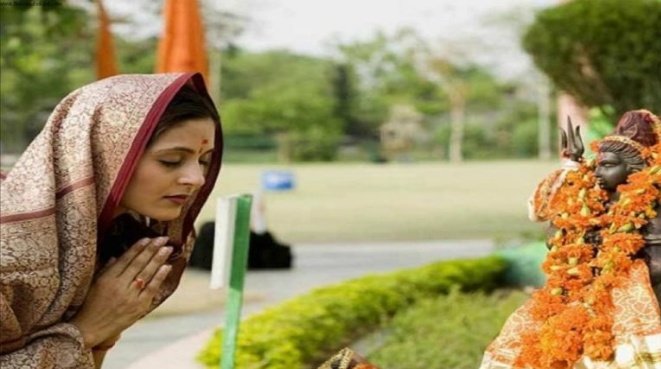Hindu Belief on the Meaning of Life
Hinduism, one of the world's oldest religions, is difficult to define. The religion has both monotheistic and polytheistic components. It has many deities, but these deities are a manifestation of Brahman.
@LostTemple7
#Hinduism
#Thread

Karma is the belief that every action has a consequence, and a person's karma strives to create a balance between these actions. Karma shapes reincarnation-the rebirth of one's soul into another physical form-as a person's actions decide the circumstances
-- meaning virtue, morality or duty -- is one of the four concepts that give meaning to life for a Hindu. Dharma is different for each person, as a Hindu's obligations are wholly dependent on a number of factors, including social position or caste, age and gender.
Hindus should also seek out kama, or pleasure. Kama refers to a range of pleasures, from aesthetic -enjoying the arts, music, writing and dance - to sexual pleasure. Perhaps one of the better-known publications underlying the principle of kama (in the West) is the “Kama
More from All
You May Also Like
I think a plausible explanation is that whatever Corbyn says or does, his critics will denounce - no matter how much hypocrisy it necessitates.
Corbyn opposes the exploitation of foreign sweatshop-workers - Labour MPs complain he's like Nigel
He speaks up in defence of migrants - Labour MPs whinge that he's not listening to the public's very real concerns about immigration:
He's wrong to prioritise Labour Party members over the public:
He's wrong to prioritise the public over Labour Party
One of the oddest features of the Labour tax row is how raising allowances, which the media allowed the LDs to describe as progressive (in spite of evidence to contrary) through the coalition years, is now seen by everyone as very right wing
— Tom Clark (@prospect_clark) November 2, 2018
Corbyn opposes the exploitation of foreign sweatshop-workers - Labour MPs complain he's like Nigel
He speaks up in defence of migrants - Labour MPs whinge that he's not listening to the public's very real concerns about immigration:
He's wrong to prioritise Labour Party members over the public:
He's wrong to prioritise the public over Labour Party




















